Recruitment of toxin-like proteins with ancestral venom function supports endoparasitic lifestyles of Myxozoa [PeerJ]
Por um escritor misterioso
Last updated 08 maio 2024
![Recruitment of toxin-like proteins with ancestral venom function supports endoparasitic lifestyles of Myxozoa [PeerJ]](https://dfzljdn9uc3pi.cloudfront.net/2021/11208/1/fig-7-full.png)
Cnidarians are the oldest lineage of venomous animals and use nematocysts to discharge toxins. Whether venom toxins have been recruited to support parasitic lifestyles in the Endocnidozoa (Myxozoa + Polypodium) is, however, unknown. To examine this issue we variously employed transcriptomic, proteomic, associated molecular phylogenies, and localisation studies on representative primitive and derived myxozoans (Malacosporea and Myxosporea, respectively), Polypodium hydriforme, and the free-living staurozoan Calvadosia cruxmelitensis. Our transcriptomics and proteomics analyses provide evidence for expression and translation of venom toxin homologs in myxozoans. Phylogenetic placement of Kunitz type serine protease inhibitors and phospholipase A2 enzymes reveals modification of toxins inherited from ancestral free-living cnidarian toxins, and that venom diversity is reduced in myxozoans concordant with their reduced genome sizes. Various phylogenetic analyses of the Kunitz-type toxin family in Endocnidozoa suggested lineage-specific gene duplications, which offers a possible mechanism for enhancing toxin diversification. Toxin localisation in the malacosporean Buddenbrockia plumatellae substantiates toxin translation and thus illustrates a repurposing of toxin function for endoparasite development and interactions with hosts, rather than for prey capture or defence. Whether myxozoan venom candidates are expressed in transmission stages (e.g. in nematocysts or secretory vesicles) requires further investigation.
![Recruitment of toxin-like proteins with ancestral venom function supports endoparasitic lifestyles of Myxozoa [PeerJ]](https://d3i71xaburhd42.cloudfront.net/0b9b75535bc19c1335b426b0260e271a0c2bddea/6-Table2-1.png)
PDF] Tentacle Transcriptome and Venom Proteome of the Pacific Sea Nettle, Chrysaora fuscescens (Cnidaria: Scyphozoa)
![Recruitment of toxin-like proteins with ancestral venom function supports endoparasitic lifestyles of Myxozoa [PeerJ]](https://www.researchgate.net/profile/E-Chang/publication/284167014/figure/fig2/AS:667931050508290@1536258580372/Phylogenetic-tree-generated-from-a-matrix-of-51-940-amino-acid-positions-and-77-taxa_Q320.jpg)
PDF) Genomic insights into the evolutionary origin of Myxozoa within Cnidaria
![Recruitment of toxin-like proteins with ancestral venom function supports endoparasitic lifestyles of Myxozoa [PeerJ]](https://pbs.twimg.com/profile_images/1372182557916282884/zsFd2ScD_200x200.jpg)
Adrian Jaimes-Becerra on X: @thePeerJ #EnvironmentalSciences #MarineBiology #MolecularBiology #Parasitology #Zoology / X
![Recruitment of toxin-like proteins with ancestral venom function supports endoparasitic lifestyles of Myxozoa [PeerJ]](https://d3i71xaburhd42.cloudfront.net/b9026b9bfda0757d60bbf70d584338de7d1239d3/5-Figure3-1.png)
PDF] Solenodon genome reveals convergent evolution of venom in eulipotyphlan mammals
![Recruitment of toxin-like proteins with ancestral venom function supports endoparasitic lifestyles of Myxozoa [PeerJ]](https://www.mdpi.com/marinedrugs/marinedrugs-20-00686/article_deploy/html/images/marinedrugs-20-00686-g006-550.jpg)
Marine Drugs, Free Full-Text
![Recruitment of toxin-like proteins with ancestral venom function supports endoparasitic lifestyles of Myxozoa [PeerJ]](https://media.springernature.com/m685/springer-static/image/art%3A10.1038%2Fs41598-023-34248-y/MediaObjects/41598_2023_34248_Fig3_HTML.png)
Apoptotic gene loss in Cnidaria is associated with transition to parasitism
![Recruitment of toxin-like proteins with ancestral venom function supports endoparasitic lifestyles of Myxozoa [PeerJ]](https://media.springernature.com/m685/springer-static/image/art%3A10.1038%2Fs41598-023-34248-y/MediaObjects/41598_2023_34248_Fig5_HTML.png)
Apoptotic gene loss in Cnidaria is associated with transition to parasitism
![Recruitment of toxin-like proteins with ancestral venom function supports endoparasitic lifestyles of Myxozoa [PeerJ]](https://d3i71xaburhd42.cloudfront.net/0b9b75535bc19c1335b426b0260e271a0c2bddea/7-Table2-1.png)
PDF] Tentacle Transcriptome and Venom Proteome of the Pacific Sea Nettle, Chrysaora fuscescens (Cnidaria: Scyphozoa)
![Recruitment of toxin-like proteins with ancestral venom function supports endoparasitic lifestyles of Myxozoa [PeerJ]](https://dfzljdn9uc3pi.cloudfront.net/2021/11208/1/fig-7-full.png)
Recruitment of toxin-like proteins with ancestral venom function supports endoparasitic lifestyles of Myxozoa [PeerJ]
![Recruitment of toxin-like proteins with ancestral venom function supports endoparasitic lifestyles of Myxozoa [PeerJ]](https://media.springernature.com/lw685/springer-static/image/art%3A10.1038%2Fs41598-023-34248-y/MediaObjects/41598_2023_34248_Fig6_HTML.png)
Apoptotic gene loss in Cnidaria is associated with transition to parasitism
![Recruitment of toxin-like proteins with ancestral venom function supports endoparasitic lifestyles of Myxozoa [PeerJ]](https://i1.rgstatic.net/publication/370842148_Apoptotic_gene_loss_in_Cnidaria_is_associated_with_transition_to_parasitism/links/64672f91c9802f2f72e8185c/largepreview.png)
PDF) Apoptotic gene loss in Cnidaria is associated with transition to parasitism
Recomendado para você
-
What is your favorite SCP object? - Quora08 maio 2024
-
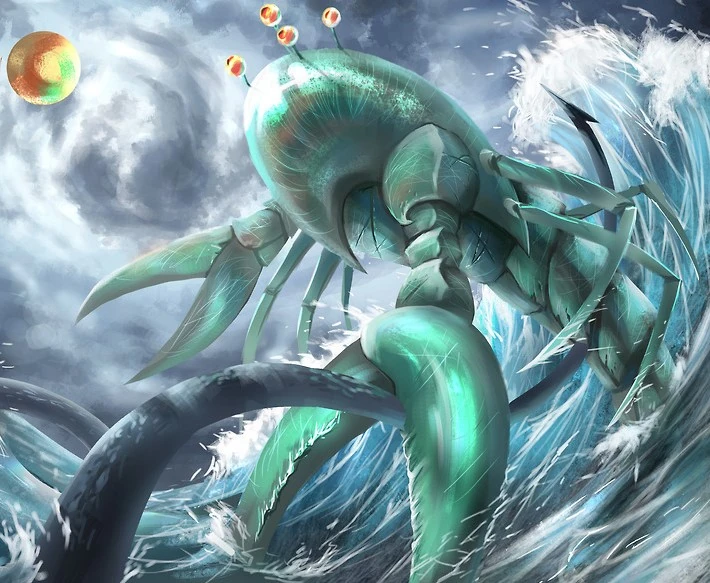 SCP-3700-1, Heroes Wiki08 maio 2024
SCP-3700-1, Heroes Wiki08 maio 2024 -
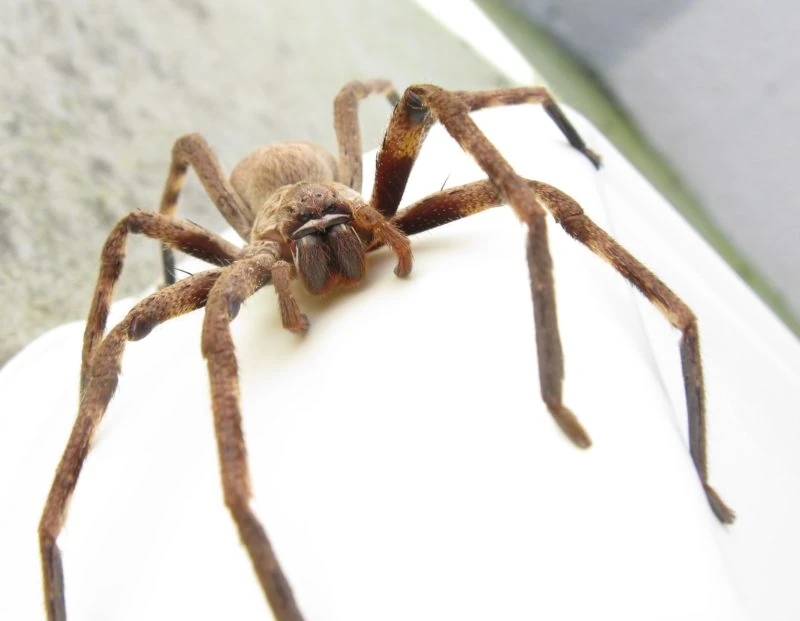 SCP-666, SCP Fanon Wiki08 maio 2024
SCP-666, SCP Fanon Wiki08 maio 2024 -
 SCP-CN-666-J - SCP International08 maio 2024
SCP-CN-666-J - SCP International08 maio 2024 -
 A Good Title : r/DankMemesFromSite1908 maio 2024
A Good Title : r/DankMemesFromSite1908 maio 2024 -
 The SCP Foundation Database08 maio 2024
The SCP Foundation Database08 maio 2024 -
 Frank Janssens08 maio 2024
Frank Janssens08 maio 2024 -
 8Bitdo Pro 2 Bluetooth Controller for Switch/Switch OLED, PC, macOS, Android, Steam & Raspberry Pi (Black Edition) - Nintendo Switch & Sn30 Pro Bluetooth Gamepad (Gray Edition) - Nintendo Switch08 maio 2024
8Bitdo Pro 2 Bluetooth Controller for Switch/Switch OLED, PC, macOS, Android, Steam & Raspberry Pi (Black Edition) - Nintendo Switch & Sn30 Pro Bluetooth Gamepad (Gray Edition) - Nintendo Switch08 maio 2024 -
 We all know what the right option is. : r/DankMemesFromSite1908 maio 2024
We all know what the right option is. : r/DankMemesFromSite1908 maio 2024 -
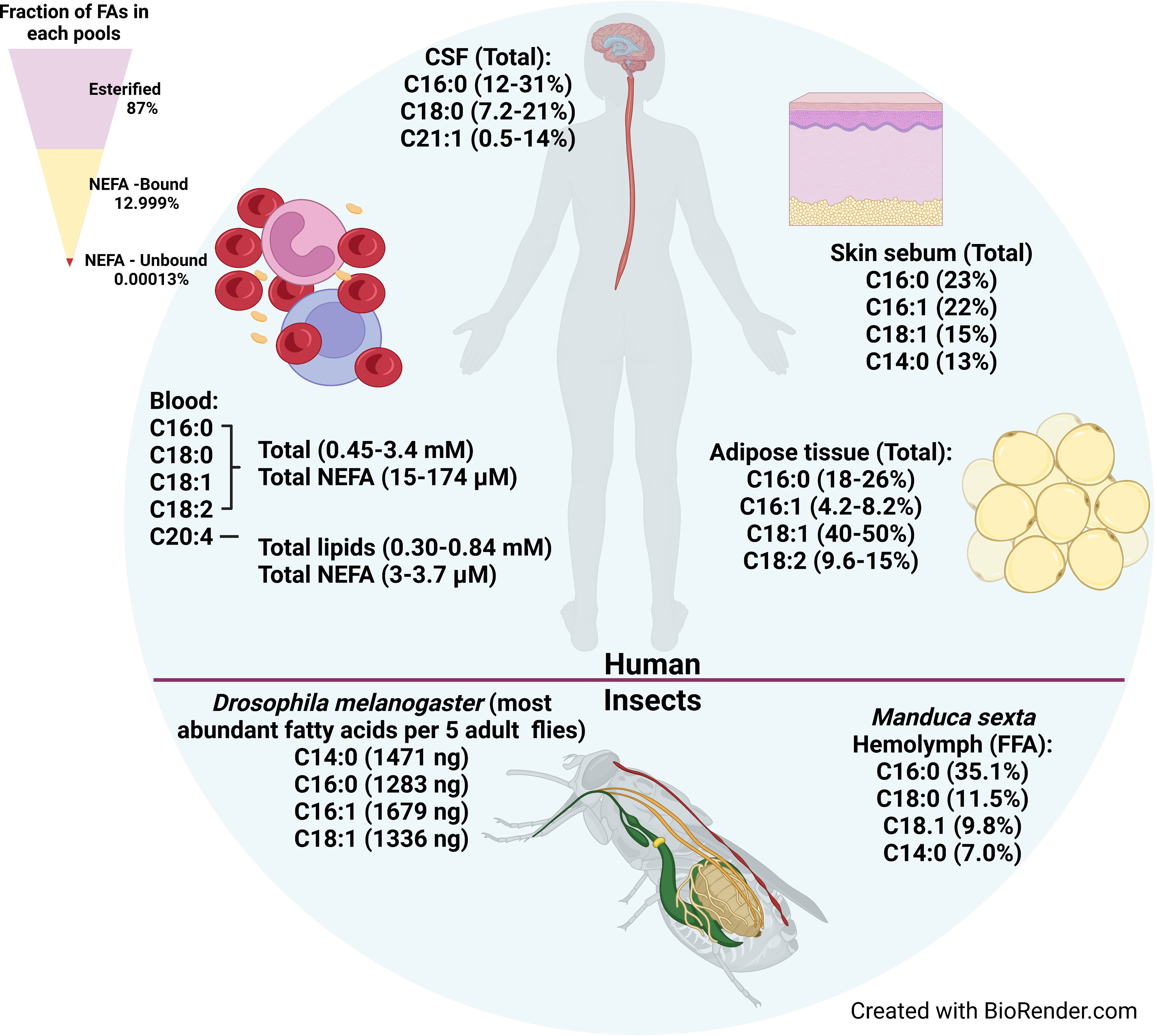 Frontiers Fatty acid uptake in Trypanosoma brucei: Host resources and possible mechanisms08 maio 2024
Frontiers Fatty acid uptake in Trypanosoma brucei: Host resources and possible mechanisms08 maio 2024
você pode gostar
-
 WhatsApp to start showing profile photo of the contact alongside08 maio 2024
WhatsApp to start showing profile photo of the contact alongside08 maio 2024 -
 Roblox Premium Cotton T-Shirt for girls Roblox Shirt for kids and adult cute designs for girls Roblox Cotton T-Shirt Roblox T-Shirt08 maio 2024
Roblox Premium Cotton T-Shirt for girls Roblox Shirt for kids and adult cute designs for girls Roblox Cotton T-Shirt Roblox T-Shirt08 maio 2024 -
 Draw this again! Meme (Joel - The Last of Us) by TricepTerry on08 maio 2024
Draw this again! Meme (Joel - The Last of Us) by TricepTerry on08 maio 2024 -
 Grand Theft Auto V Trophy Walkthrough – NODE Gamers08 maio 2024
Grand Theft Auto V Trophy Walkthrough – NODE Gamers08 maio 2024 -
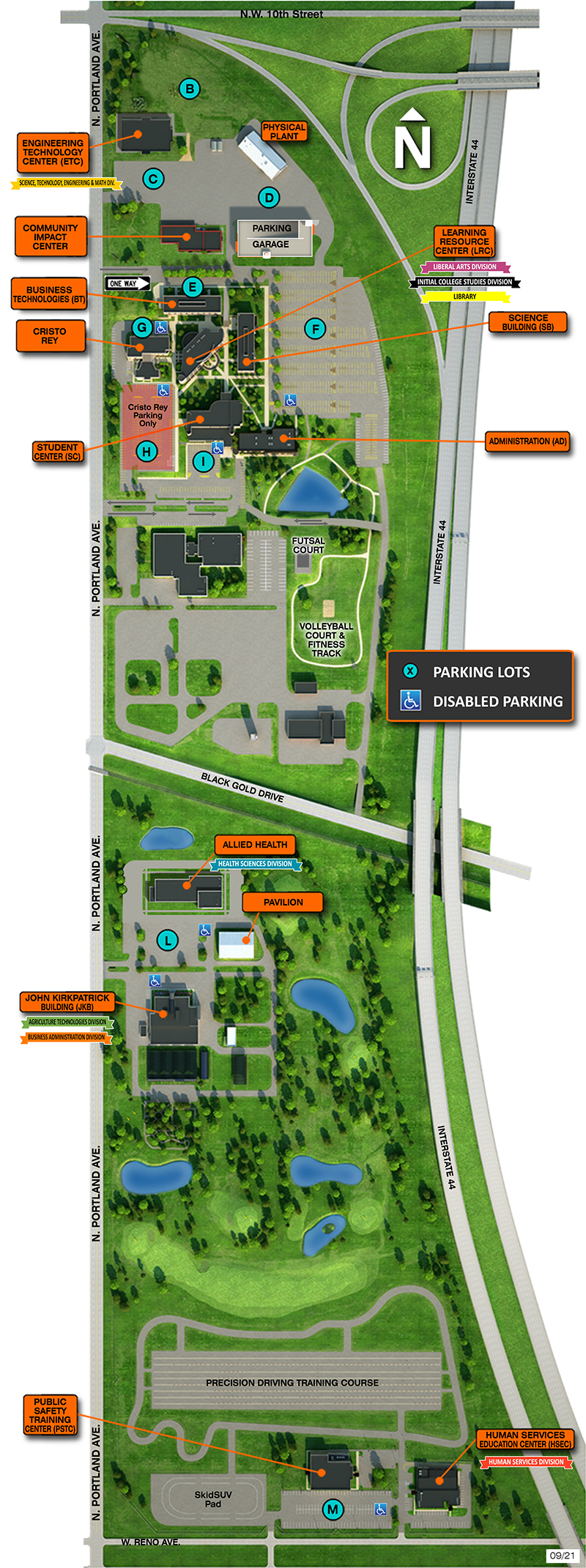 Campus Map & Directions Oklahoma State University08 maio 2024
Campus Map & Directions Oklahoma State University08 maio 2024 -
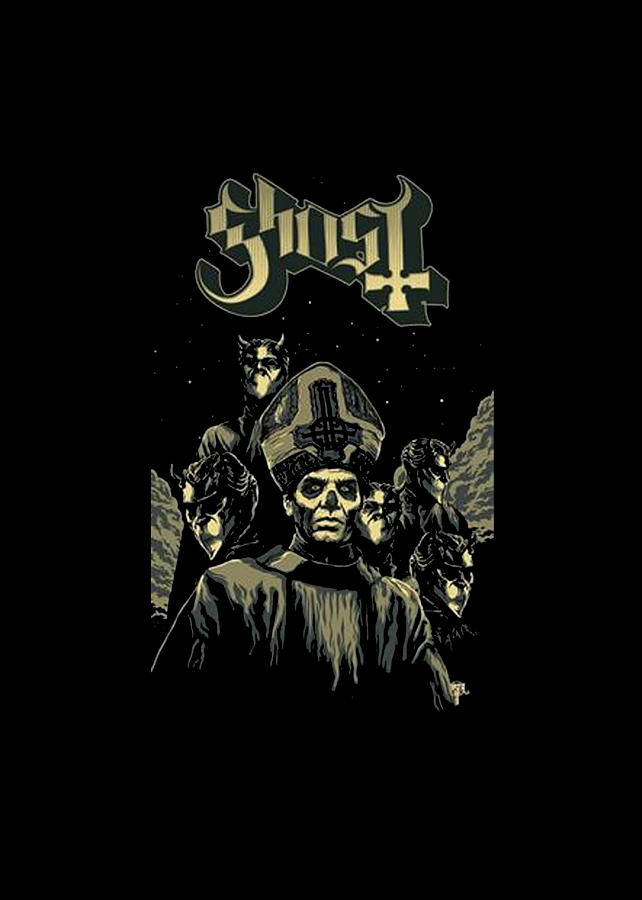 Ghost Band Music Digital Art by Wake Holbarrow - Fine Art America08 maio 2024
Ghost Band Music Digital Art by Wake Holbarrow - Fine Art America08 maio 2024 -
 Sniper School: All About Their Kit And Weapons08 maio 2024
Sniper School: All About Their Kit And Weapons08 maio 2024 -
 Dragon Ball Z Budokai - IGN08 maio 2024
Dragon Ball Z Budokai - IGN08 maio 2024 -
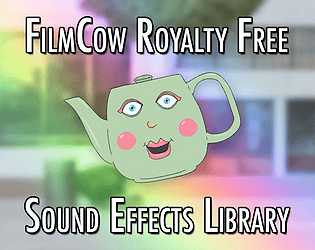 Top free game assets tagged Sound effects08 maio 2024
Top free game assets tagged Sound effects08 maio 2024 -
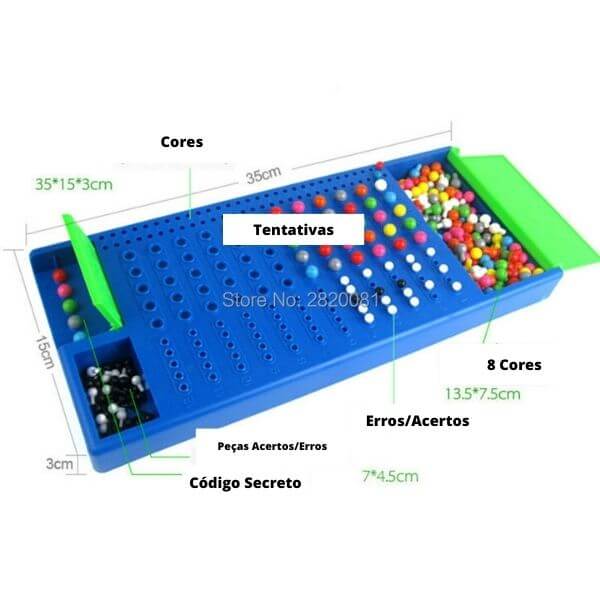 Jogo Código Secreto - Descubra o Segredo - Brinca Mundo Loja de Brinquedos08 maio 2024
Jogo Código Secreto - Descubra o Segredo - Brinca Mundo Loja de Brinquedos08 maio 2024